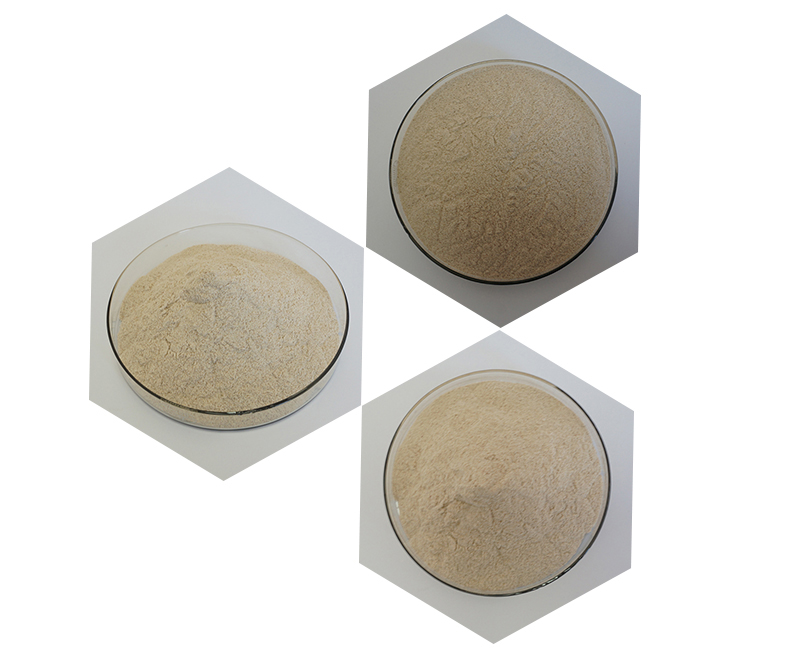Proteases, also known as proteolytic enzymes or proteinases, are enzymes that break down proteins by cleaving peptide bonds. They play essential roles in various biological processes, and they are commonly used in research, biotechnology, and various industrial applications. Here’s a general outline of the materials and methods typically used for working with proteases:
Materials of Proteases:
1.Protease Enzyme: Choose a specific protease enzyme suitable for your application. Common proteases include trypsin, chymotrypsin, pepsin, papain, and subtilisin.
2.Substrate: You’ll need a protein substrate for the protease to act upon. Common substrates include casein, gelatin, and bovine serum albumin (BSA).
3.Buffer Solutions: Prepare appropriate buffers to maintain the optimal pH for the protease activity. Common buffers include Tris-HCl, phosphate buffers, and acetate buffers.
4.Reaction Vessels: Use test tubes, microcentrifuge tubes, or 96-well microplates, depending on the scale of your experiment.
5.Pipettes and Pipette Tips: For accurate measurement and transfer of reagents.
6.Refrigerator/Freezer: Store enzymes and substrates at recommended temperatures to maintain their stability.
7.Incubator or Water Bath: Maintain a controlled temperature for enzymatic reactions.
8.Spectrophotometer or Fluorometer: To measure the changes in absorbance or fluorescence during protease activity assays.

Methods of Proteases:
1.Enzyme Preparation:
Store protease enzyme as per the manufacturer’s recommendations.
Prepare the enzyme working solution by diluting the stock solution in the appropriate buffer.
2.Substrate Preparation:
Dissolve the protein substrate in the chosen buffer to make a stock solution.
Filter the substrate solution if needed to remove impurities.
3.Assay Setup:
In a suitable reaction vessel, mix the enzyme working solution with the protein substrate solution in the desired ratio. The specific ratio will depend on the enzyme and substrate used.
4.Optimization:
Determine the optimal pH, temperature, and reaction time for the protease by performing preliminary experiments.
You may also need to optimize the enzyme-to-substrate ratio for your specific experiment.
5.Incubation:
Incubate the reaction mixture at the desired temperature for the specified duration.
6.Reaction Termination:
Stop the protease activity by adding a suitable reagent or by changing the pH, depending on the assay.
7.Analysis:
Measure the changes in the substrate (e.g., changes in absorbance, fluorescence, or color) using a spectrophotometer, fluorometer, or other appropriate techniques.
Calculate the protease activity based on the obtained data.

8.Data Interpretation:
Analyze the results, including enzyme kinetics parameters like Vmax, Km, and specific activity, if necessary.
9.Statistical Analysis:
Perform statistical tests if you are comparing different conditions or samples.
10.Data Presentation:
Present your findings in a clear and concise manner, typically through tables, graphs, and figures.
Remember to follow safety guidelines and use proper personal protective equipment (PPE) when working with enzymes. Additionally, the specific details and conditions for your protease experiment may vary depending on your research goals and the protease you’re working with. Always refer to the manufacturer’s instructions and relevant literature for guidance.
